What piece of equipment do you find in every warehouse, retail stockroom and distribution centre, from grocery stores to IKEA, acr...
What piece of equipment do you find in every warehouse, retail stockroom and distribution centre, from grocery stores to IKEA, across the world? If you said a pedestrian forklift, you would be right. Melissa Barnettlooks at the industry's most common forklift, its expanding areas of capability and recent improvements. Pedestrian forklifts are the quiet achievers of materials handling equipment. They are found in a wide range of materials handling operations around the world and are typically used to move light loads on pallets over short and long distances, unloading trucks and for low-level stock picking. They come in a variety of models - from manual to powered, from pallet jacks which are pulled or pushed by an operator to powered walkie stackers, or with an operator either sitting or standing on a platform on the machine. In spite of COVID-19 and its economic impact worldwide, the Industrial Truck Association reported an increase in sales in this class of equipment of 1-2% for 2019/20, in contrast to all other classes where sales declined. Pedestrian forklifts are an essential piece of equipment in a variety of operations. They are adaptable, cheap to buy and maintain, easy to use and require no specialist training to operate. They can be used in very tight spaces and are robust and reliable. Simple in design, pedestrian forklifts have recently been introduced to technology, new safety functions and an expansion into applications previously untried. The technology integrated in the latest generation of pedestrian forklifts has opened more applications, says Martin McVicar, CEO of Ireland-based manufacturer, Combilift. "The current generation of pedestrian forklifts are able to handle not only small, palletised loads but also longer bulkier products such as sheet materials and metals, which offers more versatility. It has made it easier for companies to consider switching to pedestrian equipment. The reduced time required to train operators is also an attractive proposition," says McVicar.
![]()
Hangcha A10 pallet jack |
Pedestrian forklifts effectively replace the need for humans to lift and carry. Huang Xiaoping, director of Hangcha Group's Warehouse Equipment R&D department, believes the rising cost of labour in his region and the rapid development and increasing needs of the logistics sector have resulted in "great growth for pedestrian forklifts in the last five years". The rapidly changing landscape for pedestrian forklifts, particularly in the e-commerce sector, has meant that operations using traditional manual pallet forklifts are switching to mechanising the operation with powered forklifts, resulting in improved efficiency while reducing fatigue and repetitive strain injuries. "The e-commerce working environment is typically fully automated but eventually some manual operations are required like packing stations and bulky goods difficult to automatically store and pick. These operations are often equipped with an electric-powered pedestrian forklift; they are not intensively used but still need to be around for moving goods to the right location," says Jan Callderyd, manager of product planning for Cat Lift Trucks.
![]()
Heli pedestrian forklift |
A spokesperson for Chinese forklift manufacturer Heli believes that industrial vehicles of all types are constantly changing, but for pedestrian forklifts two obvious areas stand out: logistics integrated solutions and the trend to electrification and new energy sources. Heli has in recent years launched its CBD series of lithium-ion battery-powered pedestrian pallet jacks which are a compact 1,615 mm in length, have fast and opportunity-charging capabilities, as well as an impressively small 1,355 mm turning circle, ideal for work in containers and small spaces.
![]()
Onecharge lithium battery in place |
Due to the falling cost of efficient, lithium-ion batteries, the switch from manual to electric pedestrian forklifts makes good economic sense. The improved technology also means that pedestrian forklifts can be used in increasingly diverse applications. Maxim Khabur, marketing director at battery supplier Onecharge, says his company's 4,500 lb. (2,000 kg) pallet jack series lithium battery is a case in point. "These slim, light but powerful batteries house in their narrow bodies an internal 110 v charger, carry enough energy to last a pallet jack through the day and allow for a frost or seal package upgrade. The batteries come with a wash-down package created specifically with meat-rendering operations in mind, when batteries have to withstand daily cleaning with chemicals and pressure-washing," says Khabur.
![]()
STAXX pallet jack |
As Thomas Wang, sales director at STAXX Material Handling Equipment, says: "New products are born from demands" and pedestrian stackers are ideal for customisation. Workplace health and safety are often the motivation for technological improvements. STAXX's electric lithium EPT 15h/18h pallet trucks are built with an onboard driver training mode which allows the operator to set the equipment at a speed of 1km per hour for training purposes. If the speed is exceeded, the alarm sounds and the equipment stops. The setting also allows the handle working zone to be reduced so the operator can only lift or swing to a prescribed height and area until comfortable with operating the equipment at full capacity.
![]()
Combilift PPT |
Technology integrated in the latest generation of pedestrian forklifts has opened up more applications to them; however, this has also created a greater need for safe handling during use. With this in mind, says McVicar, Combilift has developed a high-capacity powered pallet truck, the Combi-PPT. "Our customer, Cummins UK, which handles engine units, required a pedestrian forklift to carry immensely heavy and potentially dangerous loads safely from production area to the testing and despatch area. We designed and built a high-capacity walk-behind pallet truck, the Combi-PPT, with 16,000 kg capacity power steering, dual rear wheel drive and AC motor technology. The pedestrian pallet forklift with its manoeuvrability around tight corners make it effortless for operators to move the heavy and very valuable loads safely and with ease," says McVicar.
![]()
MiMa aluminium coil mover |
Heavy industry is a sector that regularly sees pedestrian forklifts adapting to requirements. In the non-ferrous metal industry the transfer of heavy aluminium coils can be achieved efficiently and safely says a MIMA spokesperson, with the MIMA straddle stacker. The customized 0.5T-3T stacker has widened legs for increased stability and the mast has been adapted for wider vision. The straddle stacker can be further adapted for handling paper coils, steel coils, round steel components and other similar circular coils and comes in a lithium battery option.
![]()
Cascade 3H pallet paper roll clamp |
Customised attachment solutions are designed to enhance the functionality of existing equipment. Like other forklift models, pedestrian forklifts are able to have a multitude of attachments added to them. Mike Yacks, global product manager for Cascade Corporation, says that Cascade's products are designed to enhance the functionality of these movers, giving operators greater capabilities while still being able to work in small spaces or with challenging and unusual loads. Smaller attachments, he says, are a great solution for pedestrian forklifts in warehouse businesses, responding to the increased demands of e-commerce. Cascade's 3H Paper Roll Clamp is one such solution. "The ultralight capacity roll clamps are ideal for packaging and converting applications where small rolls of speciality material, such as blister wrap, are too large for a person to handle but too small for typical handling equipment. Often these applications include stationary equipment or clean environments that impose space restrictions," explains Yacks.Future challengesThe market will continue to grow, predicts Callderyd, with the main challenge being safety. "Injuries are quite common due to low training skills and a high percentage of inexperienced operators. The challenge will be to continue to enhance safety measures," he says. Pedestrian forklifts are increasingly asked to perform in challenging applications, such as raising the height of masts for walkie stackers. Therefore, safety features must be built into the equipment at the design stage, says Xiaoping. McVicar concurs that built-in safety must be further developed in pedestrian forklifts but also believes that with pedestrian forklifts venturing into more challenging work environments, the biggest challenge over the next few years will be the growing demand to develop pedestrian-operated equipment which can operate reliably on rough surfaces and in outdoor applications. Heli's spokesman agrees with McVicar that 'customer ecology' will create a market challenge to pedestrian forklifts to be more versatile in their application environment. "Integrated logistics, advancements in material sorting, standardised packaging, and formatted positioning transmission particularly in the warehouse and e-commerce sectors will challenge pedestrian forklifts to technologically upgrade," he says. Demand is only going to grow in correlation with increasing e-commerce activity, says Yacks, so one of the main challenges a business will face is simply finding the solutions that will allow them to be flexible and efficiently adapt their workflows. Effectively incorporating new technology, particularly digital integration, will improve a company's productivity and lay the groundwork for whatever comes next. Pedestrian forklifts are the industry's most ubiquitous pieces of equipment. There is no doubt that if they can keep up with the changing environmental, safety and technological advances, they will continue to be the reliable forklift they have built their reputation on.For this article we interviewed and used the insights of:
Mike Yacks, Global Product Manager - Cascade Corporation.
Huang Xiaoping, Director Warehouse Equipment R&D Department - Hangcha Forklifts.
Thomas Wang, Sales Director - STAXX Material Handling Equipment.
MiMA.
Jan Callderyd, Manager Product Planning - Logisnext Material Handling Europe.
Maxim Khabur, Marketing Director - OneCharge Inc..
Martin McVicar, CEO - Combilift.
HELI..
Ningbo Ruyi Joint Stock Co., Ltd.




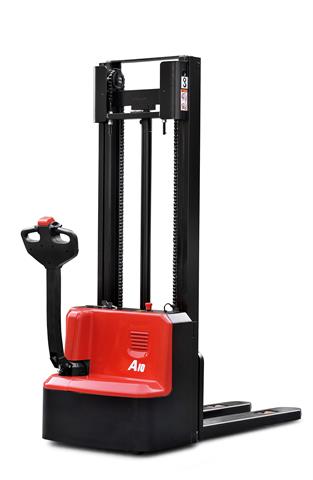

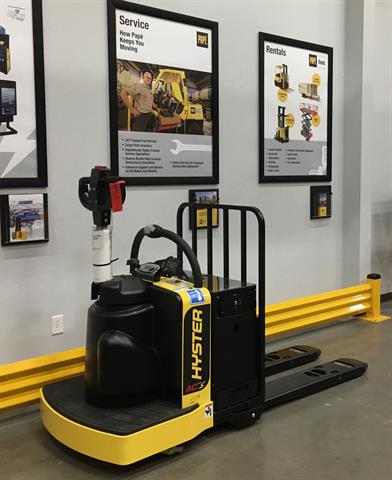
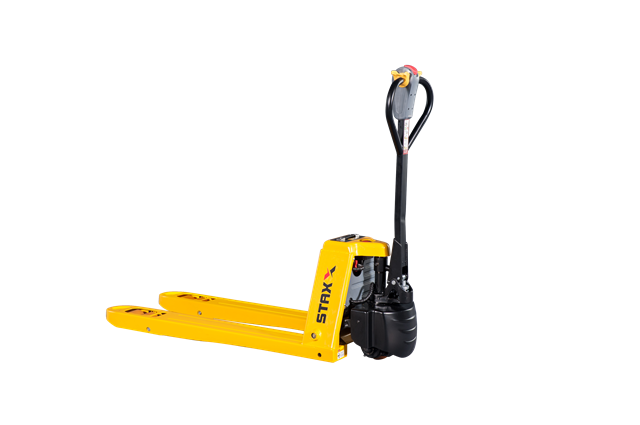
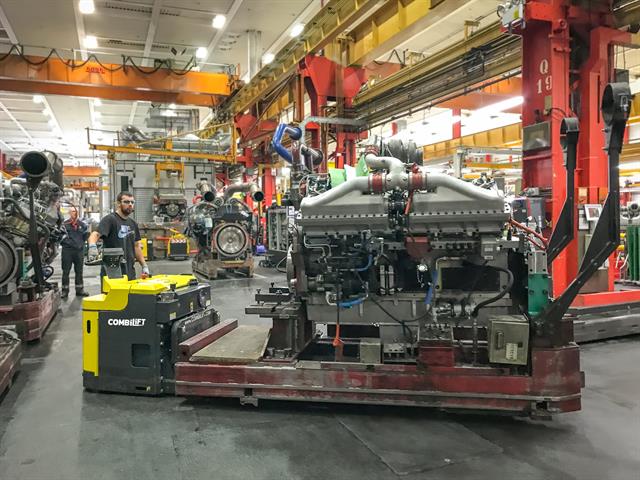
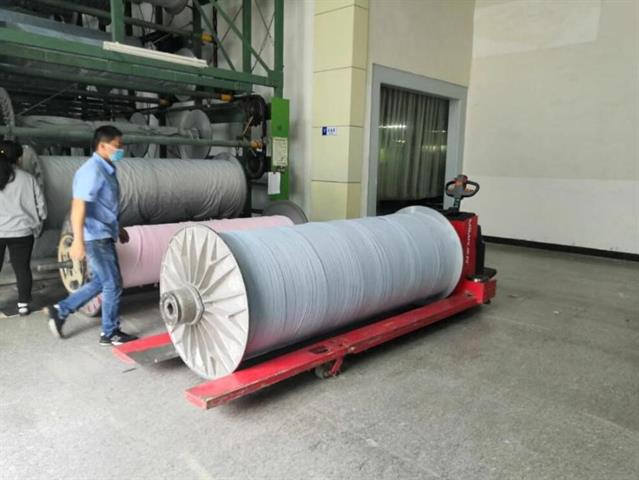
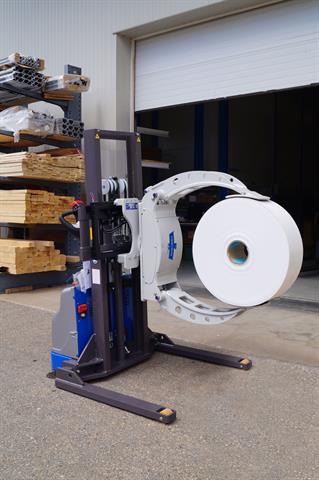


 粤公网安备 44010602003952号
粤公网安备 44010602003952号